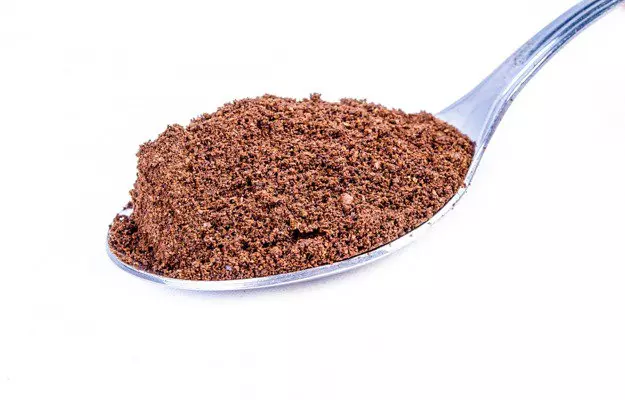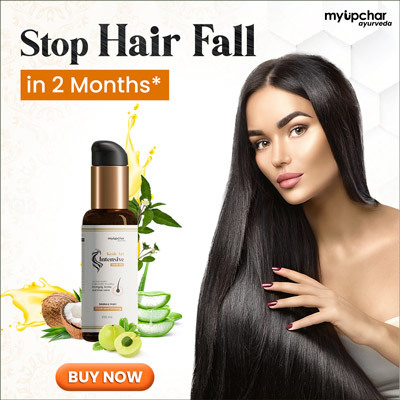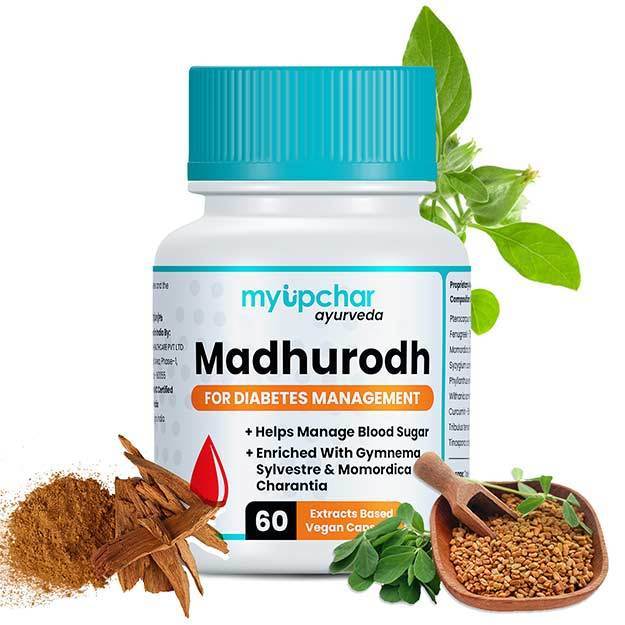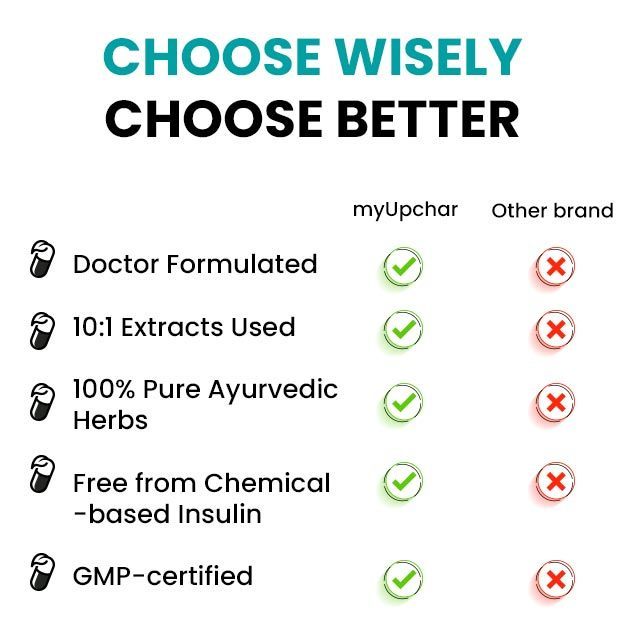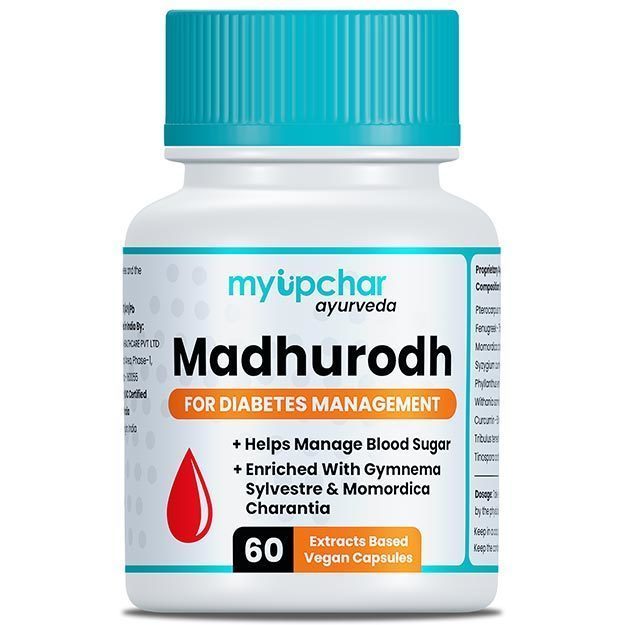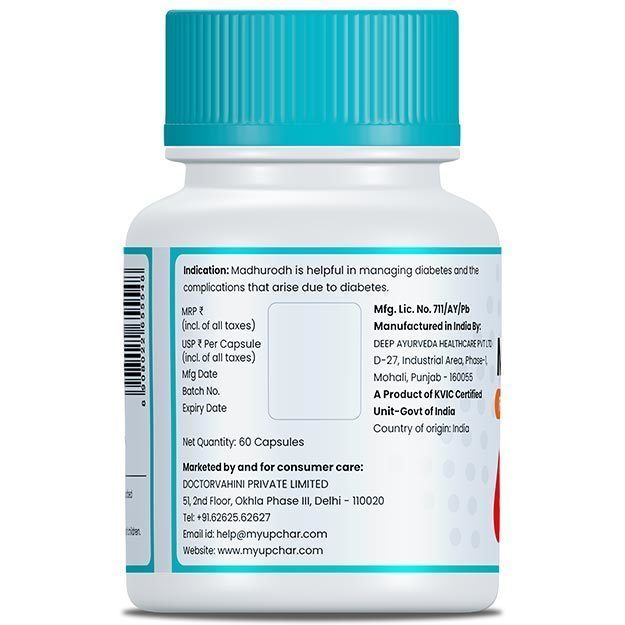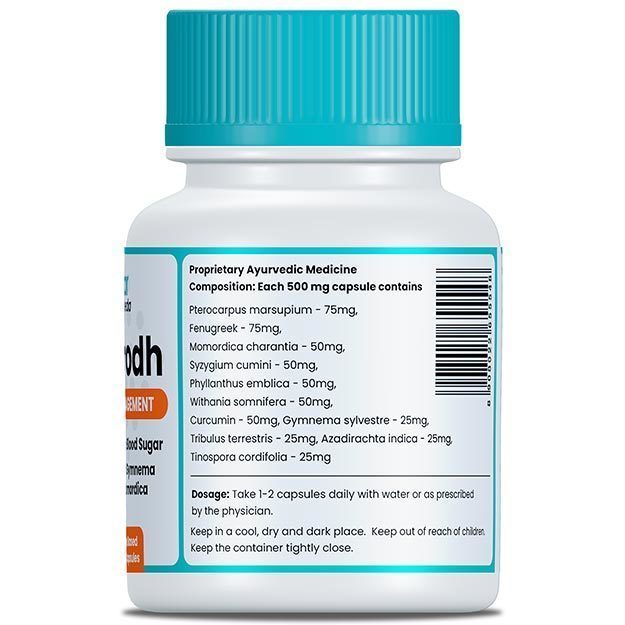Ragi, also known as finger millets, is a type of cereal obtained from the ragi plant Eleusine coracana. It is one of the most common and oldest variety of millet that is consumed in India and in Africa. Ragi flour is an important component of the whole grain diet that has gained much hype amongst the diet conscious generation of this day. It has been used for preparing porridge, bread and other baked goods. It can also be added into milkshakes and ice creams to make them more nutritious and healthy. In fact, it is a staple in some parts of India.
The credit for the health benefits derived from ragi is generally given to the contents present in it i.e.dietary fibre and polyphenol. But it has numerous other components that aid in maintaining good health. Ragi has a higher mineral content as compared to other millets or cereals. It is a perfect source of essential protein for vegetarians. Ragi contains the highest proportion of potassium and calcium; it is also a great source of iron which makes it significant for individuals who have low levels of haemoglobin. Additionally, ragi is gluten-free and has a low-fat content. So, it gets digested easily and is safe for gluten intolerant people. Ragi porridge is given to babies as their first food due to the qualities it possesses.
It is best to sort and wash ragi before use. Ragi is generally left to dry under the sunlight for approximately 5 to 8 hours before powdering it.
Basic Facts about Finger Millets/ragi:
- Botanical name: Eleusine coracana
- Family: Grass family
- Common Name: Ragi, Mandua in Hindi
- Sanskrit name: Nandimukhi, Madhuli
- Native Region: In India, Ragi is grown in various states like Andhra Pradesh, Bihar, and Uttar Pradesh. Karnataka and Tamilnadu are the primary Ragi growing states. Apart from India, Ragi is widely cultivated in the subtropical and tropical regions including Africa, Sri Lanka, China, Madagascar, Malaysia, and Japan.
- Interesting facts about Ragi:
Ragi is a significant millet grown in some parts of Northern India and in the dry parts of South India.
Ragi can be grown opposing low rainfall and severe drought.
Drained alluvial, black or red; Ragi can grow in any of these soils.
50 to 100 cm is the average rainfall required by Ragi to grow. The temperature that Ragi requires to grow is about 20 degree-Celsius to 30 degree-Celsius.
Ragi nutrition facts
Ragi is a gluten-free food item which is high in minerals like calcium and potassium. It is also rich in dietary fibres along with various antioxidants and amino acids. Finger millets contain significant amino acids like leucine, phenylalanine, isoleucine, and methionine which are generally absent in many starchy meals. A major portion of ragi consists of carbohydrates and it contains fats in the least amount. As a grain, ragi is cholesterol free.
As per the USDA Nutrient Database, 100g of ragi contains the following values:
| Nutrients | Value per 100g |
| Water | 8.67 g |
| Energy | 378 kcal |
| Protein | 7.3 g |
| Fats | 1.3 g |
| Carbohydrate | 72.6 g |
| Fibre | 19.1 g |
| Minerals | Value per 100 g |
| Calcium | 344 mg |
| Iron | 3.9 mg |
| Magnesium | 137 mg |
| Phosphorus | 283 mg |
| Potassium | 408 mg |
| Sodium | 11 mg |
| Zinc | 2.3 mg |
| Vitamins | Value per 100 g |
| Vitamin B1 | 0.421 mg |
| Vitamin B2 | 0.19 mg |
| Vitamin B3 | 1.1 mg |
(Read more: Vitamin B complex health benefits)
Health benefits of Ragi
Ragi for bones
Healthy bones are a necessity not only in growing children but also in adults. Among the plant foods, finger millet is the richest source of calcium-containing approximately 300-350 mg per 100 g of grain. Additionally, ragi is also a natural source of vitamin D which is very important for maintaining bone health. A single case study in Indian villages suggests that regular consumption of ragi fulfills the daily recommended intake of calcium irrespective of the factors like gender and age. It was further suggested that finger millet consumption can be very useful in combating osteoporosis.
Ragi for weight loss
All cereals are a rich source of dietary carbohydrates, but finger millet has a relatively higher proportion of dietary fibre as compared to other cereals. Fiber rich foods improve digestion and provide bulk to the food, making you feel full for a longer period of time. Ragi can thus be highly beneficial if one is looking to shed a few extra kilos. Observational studies show that with increased intake of calcium, there is more chance of weight loss and overcoming obesity. According to this study, high calcium intake can help lose weight by reducing the number of fat cells in the body.
Also, ragi contains an amino acid called Tryptophan (191 mg/g of protein - as per the Food and Agriculture Organisation (FAO) .1970a). This compound reduces appetite and helps to control diet.
(Read more: Weight loss diet chart)
Troubled by obesity? Failed to lose weight? Now control weight easily by myUpchar Ayurveda Medarodha Weight Control Tablet. Get started today and take steps towards a healthy life.
Ragi for cholesterol
Numerous studies suggest that finger millets can help in reducing the cholesterol levels in the body. Finger millets reduce the concentration of serum triglycerides bad cholesterol or LDL cholesterol. Also, fermented finger millets contain important metabolites like statin and dietary sterol which act as an enzyme inhibitor of the cholesterol passageway and help in reducing the serum LDL without affecting the HDL cholesterol levels.
According to an in vivo (animal-based) study, a multigrain diet can inhibit fat oxidation in the arteries thereby reducing the risk of problems like atherosclerosis and high blood pressure.
(Read more: High cholesterol treatment)
Ragi for diabetes
Diabetes is a metabolic and endocrine disorder characterized by an inefficiency of the body to take up the excess glucose from the blood. Due to dietary and lifestyle factors, there has been a massive increase in the number of diabetes cases over the years. The current line of treatment includes dietary modifications along with anti-diabetic medications.
However, with an increase in general awareness. there has been an increasing demand for foods that contain complex carbohydrates, high dietary fibre, and beneficial phytochemicals. This is because fiber rich foods like ragi are a boon for diabetic patients since it takes longer to digest and hence glucose is released slowly into the blood.
Presence of excess free radicals is increasingly being associated with the development of diabetes. In vivo studies suggest that finger millets control levels of blood glucose and oxidative stress in experimental diabetic models. Additionally, methanolic extract of ragi has been demonstrated to reduce the complication of diabetes by the free radical scavengers present in them.
Ragi as an antimicrobial
According to studies, the seed coat extracts of the finger millets show a high antimicrobial activity because of their high polyphenol content. The phenolic compounds contained in the outer layers of the finger millets may also restrict fungal invasion.
As per the study, finger millets possessed potent antimicrobial action against bacteria like Bacillus cereus and fungus like Aspergillus flavus.
(Read more: Fungal infection symptoms)
Ragi for healing wounds
The process of tissue repair in the wounded cells is generally associated with the onset of inflammation. Studies claim that an increase in the levels of reactive oxygen species (ROS) or free radicals slows down the wound healing process in older people and in the people who are suffering from chronic diseases. In vivo studies suggest that finger millet has antioxidant effects. This means that it can help scavenge the free radicals in the body and efficiently facilitate the wound healing process.
However, no such study has been done on humans so far.
(Read more: Open wounds treatment )
Ragi for anti ageing
It has been mentioned that finger millets contain antioxidant compounds like polyphenols which are very efficient in slowing down the ageing process by scavenging the free radicals present in the body.
As we age, the collagen molecules in our body start to cross-link. Collagen is a natural protein responsible for providing elasticity to tissues. This Cross-linking makes the skin to lose its elasticity and be easily prone to damage and age-related problems like wrinkles. It has also been associated with stiff blood vessels and an increased risk of some diseases like diabetes.
Studies suggest that finger millet and Kodo millet together can reduce the cross-linking of collagen thus impeding skin ageing.
Reduce signs of aging.
BUY NOW
(Read more: Antioxidant rich foods)
Ragi for cancer
According to research, antioxidants and phytochemicals exhibit anticarcinogenic properties. These compounds may suppress excessive cellular oxidation and protect the body against cancer. Ragi is rich in antioxidants. Seed coats of finger millets contain phenolic acid, tannins, and flavonoids which have effective antioxidant properties. Preclinical studies suggest that ferulic acid, the main component of bound phenolic acids present in ragi, has a suppressing effect on tongue cancer, colon cancer, and breast cancer cell lines.
Additionally, it has been reported that the nitriloside (vitamin B17) present in ragi can selectively kill cancer cells without harming the normal body cells. However, more studies are still needed to understand the anticancer effects of ragi and its use in human anticancer therapies.
Ragi for anemia
Ragi is a natural source of iron. Regular consumption of ragi can thus be very beneficial for people suffering from iron deficiency or anemia.
A clinical study done on 60 young girls suggests that regular consumption of ragi can increase haemoglobin levels in the blood.
Other benefits of Ragi
- Nearly 65% of the world’s population is lactose-intolerant which means that they cannot depend on dairy products for their calcium requirement. Ragi is the richest source of calcium and hence can easily prove to be an effective substitute for such people for their daily calcium requirements.
- Ragi does not contain gluten. Thus, it is advisable for celiac patients to consume ragi. Ragi can be ground into flour which is easily digestible and does not require much cooking.
- Diet plays a very important role for a lactating mother to produce enough milk to feed her baby. The diet must include nutrients like calcium, potassium, phosphorus, protein, iron, and vitamin C. Ragi is a powerhouse of nutrients. It is the richest source of calcium and thus, extremely beneficial for the lactating mother for increased milk production.
(Read more: Celiac disease)
Ragi side effects
- Ragi may cause kidney stone
Consumption of ragi more than the general levels should be avoided as it is high in calcium and may increase the level of oxalic acid present in the body. The patient suffering from kidney stones or urinary calculi are advised to avoid the use of finger millets as much as they can. - Ragi may cause thyroid
Goitrogen is a component present in millet which can interfere with the production of the thyroid hormones and may inhibit the iodine uptake by the thyroid gland. Hence, patients suffering from thyroid should consult their doctor before consuming ragi. - Ragi may cause goiter
The deficiency of iodine in the body may lead to goiter which is the development of an enlarged thyroid gland. Goiter may lead to symptoms like dry skin, anxiety, slow thinking, and depression. So, if you are suffering from goiter, it is best to avoid ragi.
Takeaway
Ragi is highly beneficial for health as it possesses a great nutritional value and has a bunch of amazing nutrients including potassium and calcium. Also, it is high in antioxidants and amino acids. It can be used to fight against several disorders like diabetes and chronic diseases like cancer. It includes dietary fibre and polyphenols which help in fighting with several health conditions like constipation, hypercholesterolemia, etc. Finger millets can be used as a food or a snack as it is considered to be health-building and therapeutic.
Ragi must be included in the diets of those who wish to lose weight as it contains zero cholesterol and is gluten-free. It is a natural product which possesses so many benefits. However, the number of benefits does not imply that it is suitable for consumption on a very frequent basis. Anything in excess may lead to side effects and ragi is no different. Every food item has a different effect on different people. It is recommended to consult a doctor before consuming anything beyond moderate levels as prevention is always better than cure.
Guidance in small things can definitely help in maintaining a good and a healthy lifestyle throughout which leads to a happy and a healthy living!
Medicines / Products that contain Finger millet
- Ayucal Tablets - An Ayurvedic Calcium Supplement (100) - ₹400
- Namhya Ragi Instant breakfast cereal - ₹435
References
- Swati Puranik et al. Harnessing Finger Millet to Combat Calcium Deficiency in Humans: Challenges and Prospects . Front Plant Sci. 2017; 8: 1311. PMID: 28798761
- Vasant RA et al. Physiological Role of a Multigrain Diet in Metabolic Regulations of Lipid and Antioxidant Profiles in Hypercholesteremic Rats: Multigrain diet in hyperlipemia. J Pharmacopuncture. 2014 Jun;17(2):34-40. PMID: 25780697
- Anoma Chandrasekara, Fereidoon Shahidi. Antioxidant Phenolics of Millet Control Lipid Peroxidation in Human LDL Cholesterol and Food Systems. Journal of the American Oil Chemist's Society, 20 August 2011
- Khodr B, Khalil Z. Modulation of inflammation by reactive oxygen species: implications for aging and tissue repair. Free Radic Biol Med. 2001 Jan 1;30(1):1-8. PMID: 11134890
- Rajasekaran NS et al. The effect of finger millet feeding on the early responses during the process of wound healing in diabetic rats. Biochim Biophys Acta. 2004 Aug 4;1689(3):190-201. PMID: 15276645
- Hegde PS, Anitha B, Chandra TS. In vivo effect of whole grain flour of finger millet (Eleusine coracana) and kodo millet (Paspalum scrobiculatum) on rat dermal wound healing. Indian J Exp Biol. 2005 Mar;43(3):254-8. PMID: 15816412
- Anamika M Rasik, Arti Shukla. Antioxidant status in delayed healing type of wounds . Int J Exp Pathol. 2000 Aug; 81(4): 257–263. PMID: 10971747
- Hegde P1, Chandrakasan G, Chandra T. Inhibition of collagen glycation and crosslinking in vitro by methanolic extracts of Finger millet (Eleusine coracana) and Kodo millet (Paspalum scrobiculatum). J Nutr Biochem. 2002 Sep;13(9):517. PMID: 12231421
- Jess G. Snedeker, Alfonso Gautieri. The role of collagen crosslinks in ageing and diabetes - the good, the bad, and the ugly . Muscles Ligaments Tendons J. 2014 Jul-Sep; 4(3): 303–308. PMID: 25489547
- Karkada S et al. Beneficial Effects of ragi (Finger Millet) on Hematological Parameters, Body Mass Index, and Scholastic Performance among Anemic Adolescent High-School Girls (AHSG). Compr Child Adolesc Nurs. 2019 Jun;42(2):141-150. PMID: 29595341

